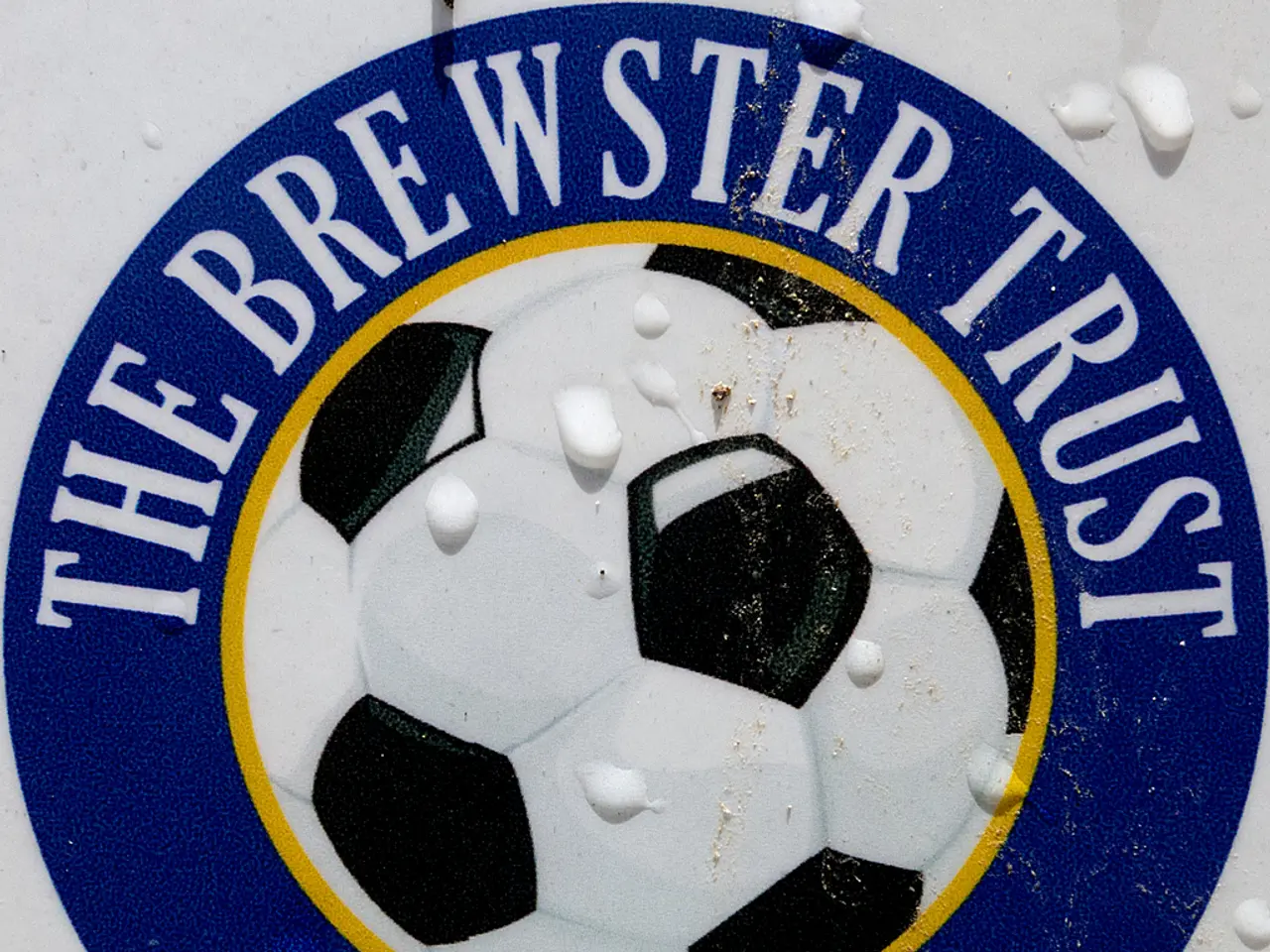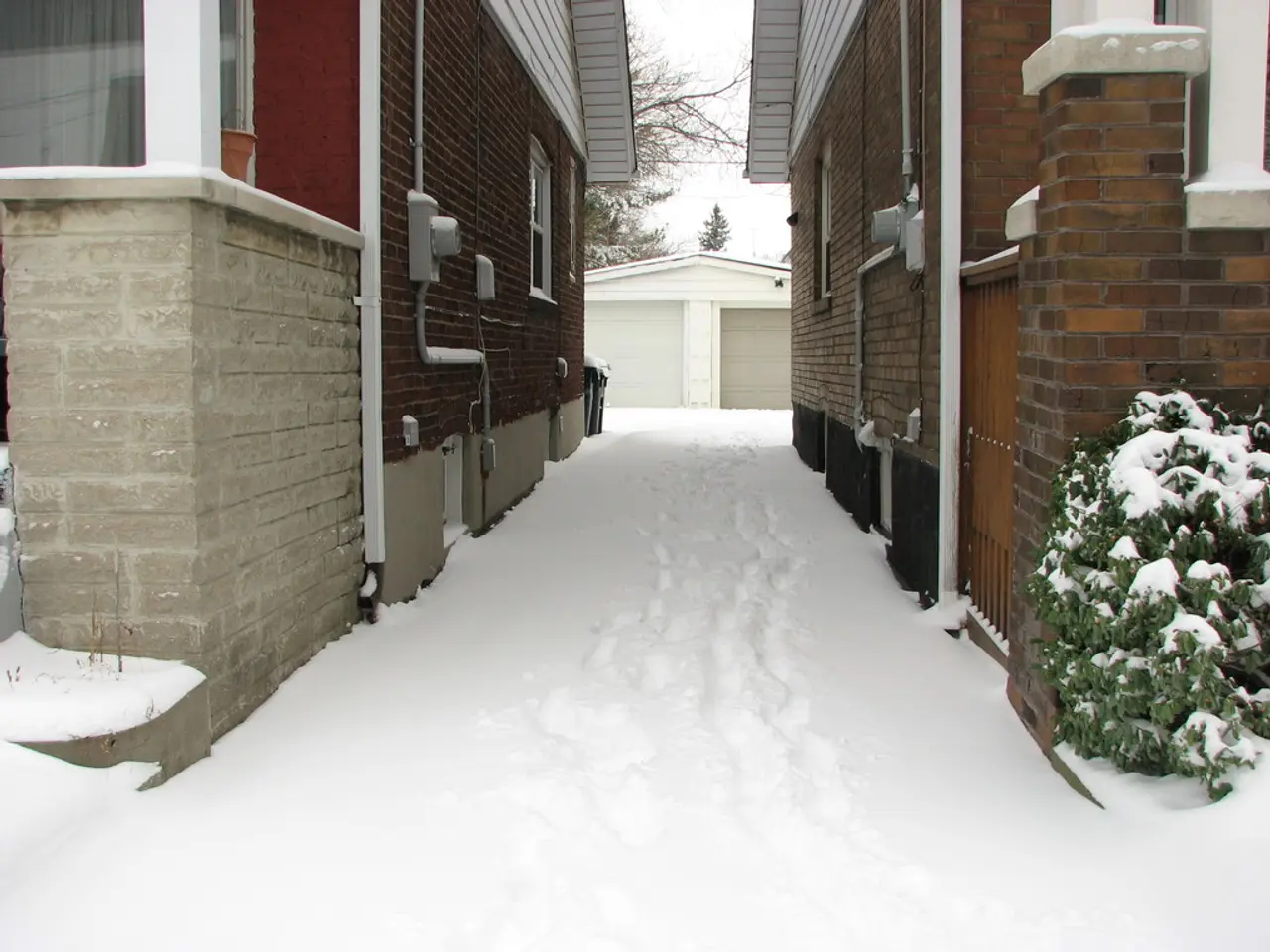Evaluating the Initial Decisions in Consumer Regulation
The new regulatory regime for English social housing providers, introduced six months ago, is centred around enhancing tenant safety, prioritising risk management, and promoting transparency and accountability. The regime, encapsulated in the Social Housing (Prescribed Requirements) (England) Regulations 2025, categorises hazards from C1 to C4 based on their severity and risk to tenants.
In the first round of Regulatory Judgements (RJs), 34 grades have been published so far, with 12 triggered by regulatory engagement and 22 following from an Inspection. Among these, no Local Authority (LA) has received the top grade of C1. Instead, 69% have been assigned a C3, while half of Housing Associations (HAs) graded so far have received a C1.
The most common weakness identified in meeting the Transparency, Influence, and Accountability Standard is limited meaningful opportunities for tenants to influence and scrutinise strategies, policies, and services. Other common weaknesses include not consistently responding to complaints in a timely manner and limited evidence of processes in place to learn from complaints and use them to improve services.
Weaknesses in meeting the Safety and Quality Standard are prevalent, appearing in 92% of the 13 C2s awarded to date and in all but one of the 12 C3 RJs. Common weaknesses include improvements needed in understanding and monitoring remedial health and safety actions and compliance, number of overdue high-risk fire safety remedial actions, need for progress in tackling damp and mould, and weaknesses in delivering an effective, efficient, and timely repairs and maintenance service.
In awarding a C1 to nine Housing Associations (HAs) to date, the Regulator has concluded that they have demonstrated that they identify when issues occur and put plans in place to remedy and minimise recurrence. The largest share, 38%, of the grades published to-date are the middle C2 grade, with the next largest share (35%) belonging to C3, indicating 'serious failings'. The Regulator issues a C3 grade where it judges there to be 'Serious failings in the landlord delivering the outcomes of the consumer standards and significant improvement is needed.'
The new regime also includes a phased approach, with the initial focus on damp and mould, but plans to extend beyond this to include all Housing Health and Safety Rating System (HHSRS) hazards except overcrowding. This comprehensive aim supports standards that reflect hazard severity and urgency, with precise regulatory timeframes and obligations to safeguard social housing tenants across England.
The regime also embeds a strong consumer protection element, with tenants receiving a written summary of investigation findings within 3 working days after conclusion. For hazards that cannot be immediately remediated, landlords are required to rehouse tenants temporarily at their expense until safety is restored. Strict timeframes for response have been established, with social landlords required to investigate and resolve emergency hazards (C1) within 24 hours, and significant hazards (e.g., severe damp and mould classified as C2) within 10 working days for investigation and 5 working days to start remedial work.
The new regulatory regime, commonly known as Awaab’s Law, is a significant step towards enhancing tenant rights and communication, with a focus on risk prioritisation, swift hazard mitigation, and enhanced transparency. The Regulator will continue to monitor progress, engaging with landlords as improvements are made to ensure that outcomes for tenants are improved.
- The business of social housing in England is expected to prioritize neighboring communities' safety and transparency under the new regulatory regime, known as 'Awaab’s Law.'
- As the phased approach of the new regulatory regime expands beyond damp and mould, finance will be needed to address all Housing Health and Safety Rating System (HHSRS) hazards, ensuring compliance and safeguarding housing tenants.




